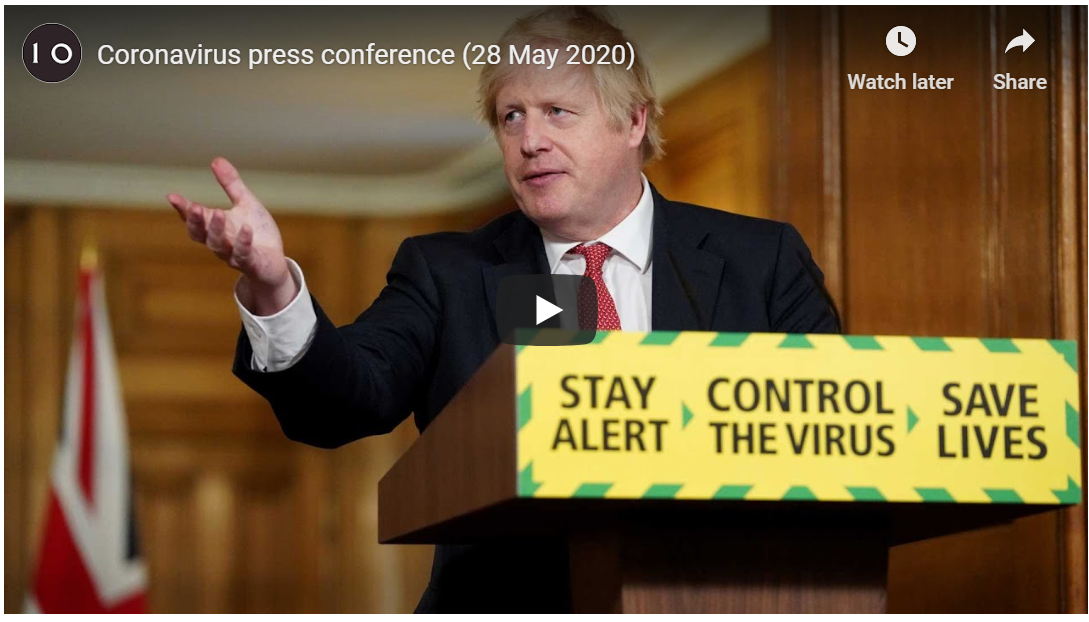Here is part of my piece on the Guardian website today welcoming moves from the US and Europe towards a global standard for publishing aid information:
Go to the website of any aid agency and you’ll find a cornucopia of information about the good work that it is doing. The problem is that it doesn’t publish this information in a usable form. Visibility is not the same as transparency.
Members of the US Congress rightly complain that they cannot get a complete picture of US foreign assistance, which is delivered by 26 government agencies. As Congress has discovered, to get a complete picture of what the US is doing you need up-to-date, comprehensive data from each aid agency in a common format that enables it all to be added up, reconciled and compared. It is very welcome that the US government is putting a system in place to do this.
Now put yourself in the shoes of ministers or parliamentarians in a developing country. They face the same problem as members of Congress, writ large. Aid to their country is channelled through bilateral aid agencies, multilateral organisations and thousands of NGOs. Aid goes from one organisation to another – minus a “haircut” at each stage – before any services are provided to anyone. How can officials or MPs get useful, up-to-date, comprehensive information about all this spending and all these activities? Certainly not by trawling through thousands of separate donor websites.



8 Comments
Justin · December 21, 2010 at 11:58 pm
I could go either way on this issue.
On the one hand a lot of government types would like to have that kind of information.
On the other hand it seems like just one more annoying administrative hurdle to throw on NGOs and donors.
On the other hand duplication of effort is rampant in Aid. I was just reading an internal report of one NGO that was contorting its own program to not step on the toes of two other NGOs who were doing similar work in the same area of the country at the same time.
On the other hand such a requirement seems like one step down the road to centralized control by somebody (probably government) i.e. once you know what everyone is doing you can start telling them what to do. But centralization is rarely a real solution.
Owen Barder · December 22, 2010 at 3:54 am
Justin – that’s an interesting perspective. I agree that centralization is not the answer: but I see information sharing as an alternative to government control, not a facilitator of it. It allows a market place of decentralised activities. In the absence of an information rich environment, the leading viable alternative seems to be central planning.
An information standard would help NGOs, rather than add burdens on them, if donors would be prepared to use it as the basis for their reporting.
Owen
Justin Kraus · December 22, 2010 at 11:58 am
You may be right. I’m certainly not against having an “information rich environment” but I’m not sure if that is really a current problem. At least once in country most NGOs develop a pretty good idea of what other in-country NGOs are doing. Its just by that time they already have had their budgets approved and aren’t going to pull out just because another NGO is doing the job. In a sense information sharing at this point is too late. Information sharing one rung up the hierarchy might be good but I can imagine there would be a lot of resistance to that because at that level NGOs are competing against each other for funds.
On the other hand, I think creating historical information databases for each country that outline what projects have been done and their results is a great idea. Because aid projects are implemented by so many different agencies, most have zero institutional memory of what happened before them and so repeat the mistakes of their predecessors.
One of the projects I’m reviewing now tried to promote a policy that was shown to be impractical nearly 20 years ago by a previous project but because they didn’t know that another 10 million USD was essentially wasted.
Visibility is not the same as transparency | Global Health Hub · December 21, 2010 at 5:11 pm
[…] more here: Visibility is not the same as transparency AKPC_IDS += "8006,";Popularity: 50% […]
Sunday Paper – New Years’ edition | Osmosis · December 31, 2010 at 5:36 am
[…] Visibility is not the same as transparency – Owen abroad; I still have my doubts if just getting the data on line will solve the main issue of allocating resources for better results. The selection process is where evolution takes place and it is still mostly a black box. […]
Data warehouse for project proposals in humanitarian assistance | Osmosis · January 12, 2011 at 7:42 pm
[…] paradigm to reflect the reality of the Aid Industrial Complex“, and links up with the IATI effort for transparency. This entry was posted in development and tagged transparency. Bookmark […]
The Armdroids are coming | Osmosis · January 20, 2011 at 10:03 pm
[…] more the focus moves to common platforms and results measurement, the more results and learning can be expected. Bookmark on Delicious Digg this post Recommend on […]
The Fragmentation of Humanitarian Aid: Market failure leads to planning and broken networks. | Osmosis · February 11, 2011 at 9:33 am
[…] of the funding. It might also be possible that there is a perceived lack of coördination, as the visibility of the small NGOs tends to be bigger than the visibility per unit of funding of the […]
Comments are closed.